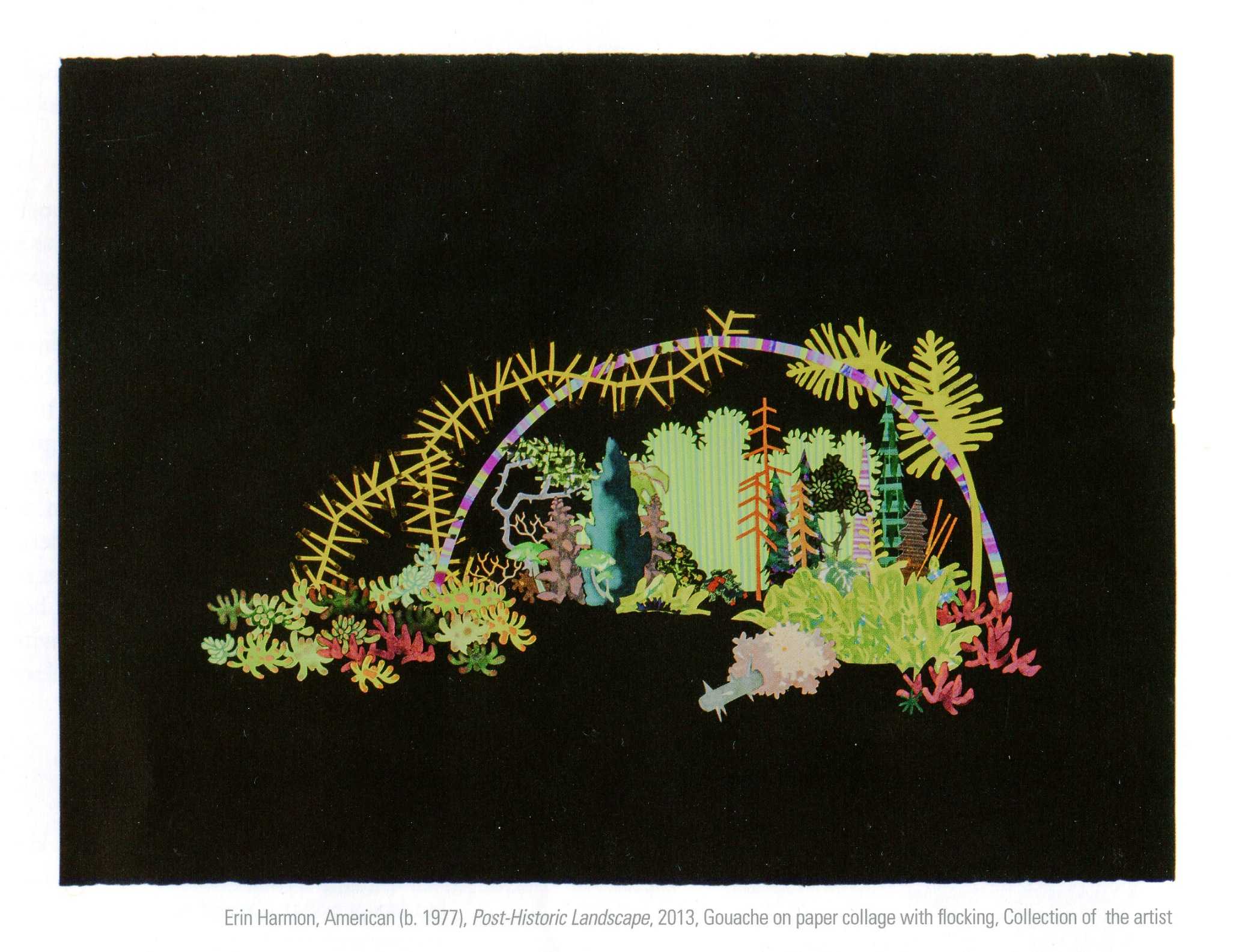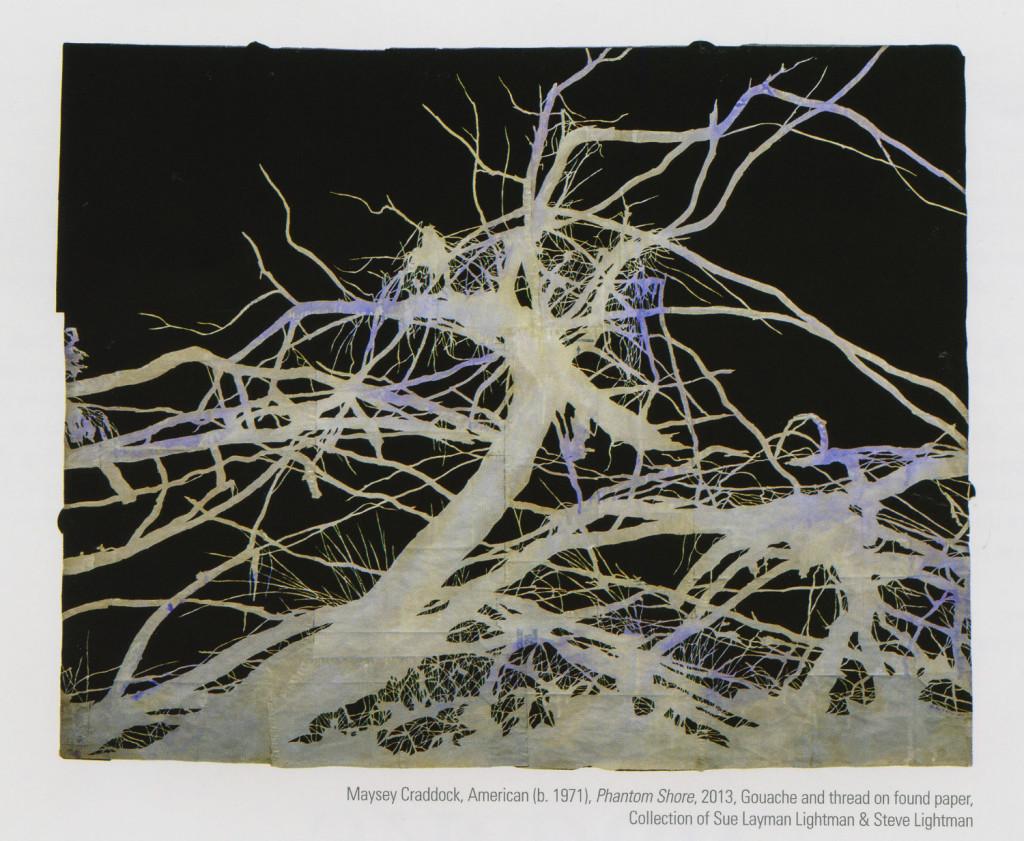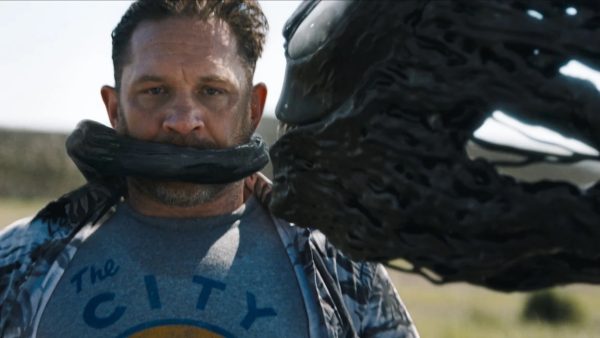Maysey Craddock and Erin Harmon: A different kind of landscape
We don’t expect to see collages outside of classroom crafts days, let alone in fine arts museums. Nor do we expect landscapes besides idyllic cow and pasture scenes or sunset waterscapes.
But as the exhibition title states, these landscapes are supposed to be different.
Maysey Craddock and Erin Harmon, both Memphis artists, will have their art exhibited at the Brooks Museum until November 10.
Craddock works with the imagery of deteriorating trees and abandoned buildings. A longtime former resident of New Orleans, Craddock bases her work on the disaster left by Hurricane Katrina. She paints haunting pale silhouettes on dark backgrounds which evoke a washed out, dystopian world where the only life left is dying.
Her canvases are cut paper bags which she has sewn back together. Pieced, bent, and wrinkled, they add to her paintings’ overall feeling of fragility and disintegration.
Though her paintings’ contents are dying, they are not dead. Craddock’s work shows the process of disintegration. Her paintings show, as put it, “happening spaces, active ruins.”
Harmon’s landscapes are reminiscent of ikebana, the Japanese art of flower arrangement. They are terrarium themed. She creates collaged gardens in sealed off, asymmetrical formations that float in space as if in a vacuum.
Harmon’s works are made of oddly shaped pieces of painted paper that she collages to imitate forest scenes. Her artificial environments are based on, but distinctly different from, the natural world. She paints in bright colors and patterns that could almost occur naturally.

Harmon’s landscapes combine multicolored trees, shrubs, and vines, often accompanied by a striped rainbow arch which unifies the composition. These arches reference both natural rainbows and manmade architecture. They illustrate a recurring struggle in her images between order and chaos, natural and unnatural. Harmon’s pieces even seem to be confused about whether they are 2D or 3D; the pieces of cut paper are glued only in part to the background as the remainder floats freely off the paper.
Harmon arranges her plants within her little worlds as a child would his Lego set, or as a god would the world. The result is a brightly colored, complex, enchanted forest, but also an unsettling, unnatural, chaotic imitation of reality.
Craddock draws our attention away from the evolution and growth in some parts of our world to the destruction and fossilization of others. She is “unearthing ghosts [and] amplifying the whispers at the edges.” Harmon makes us examine the duality that exists between the natural world we inherit and the artificial world we create. Though different, Craddock’s and Harmon’s works share a common theme: they both show us a version of reality that transforms the way we view the world around us.
Your donation will support the student journalists of White Station High School. Your contribution will allow us to purchase equipment and cover our annual website hosting costs.





































